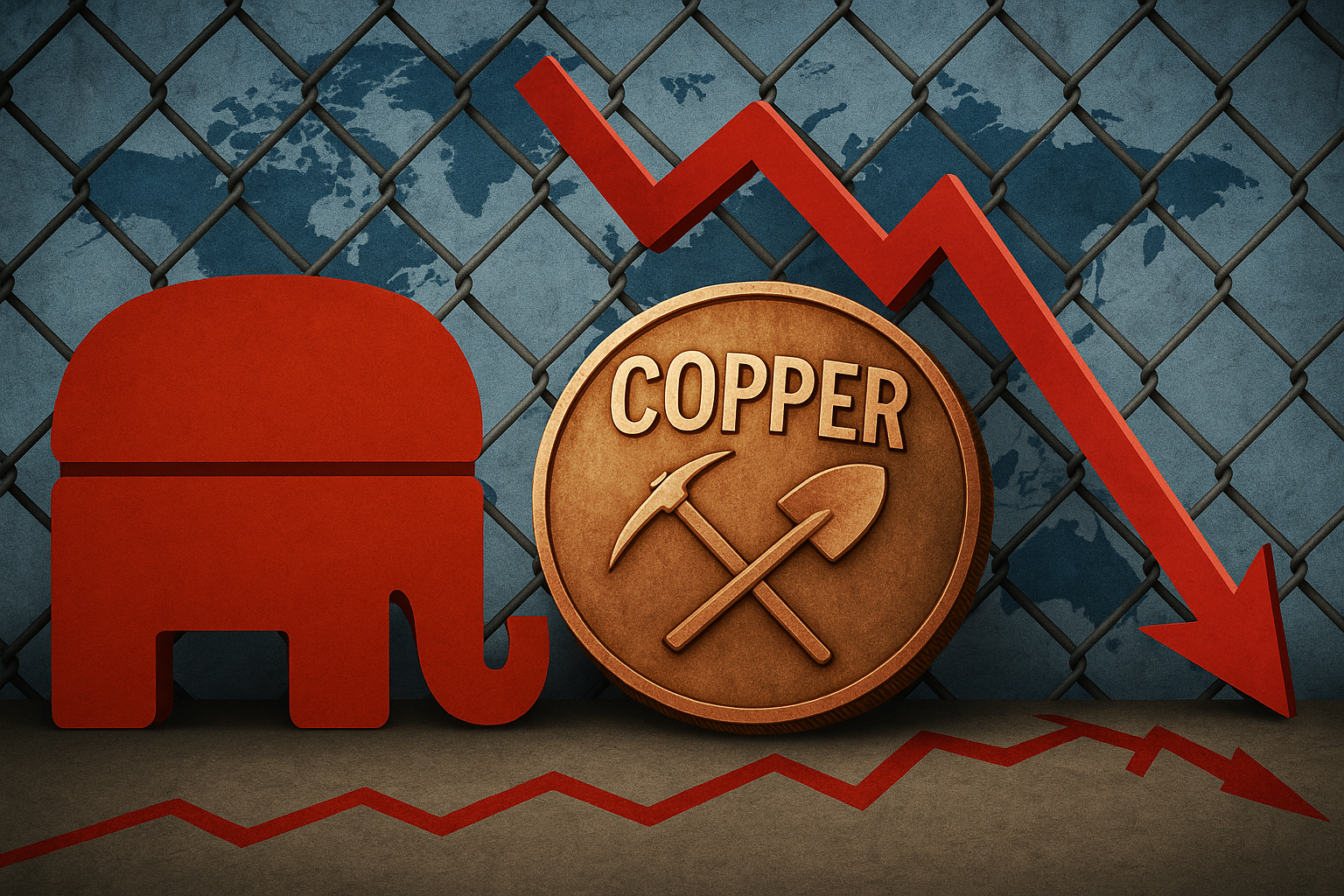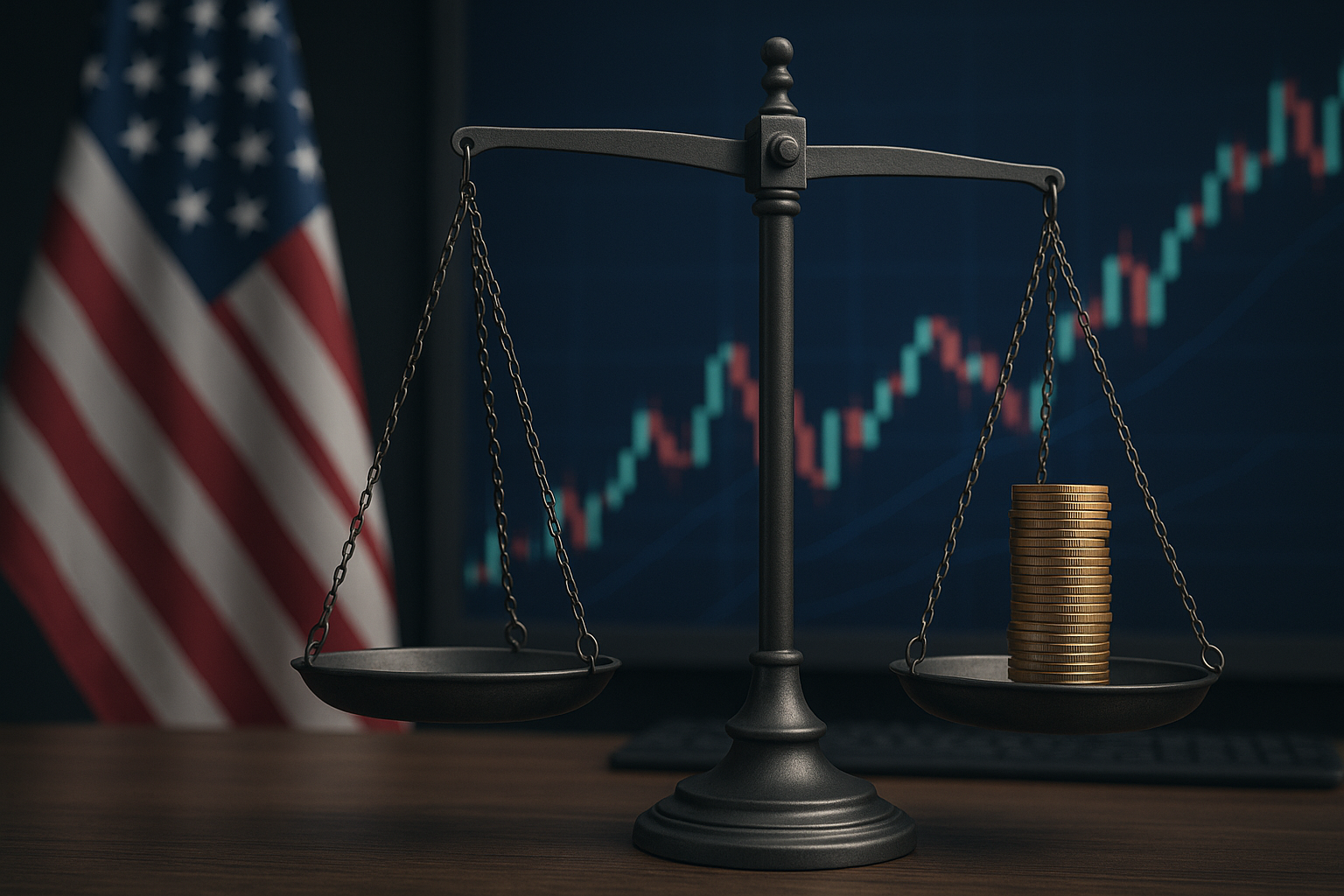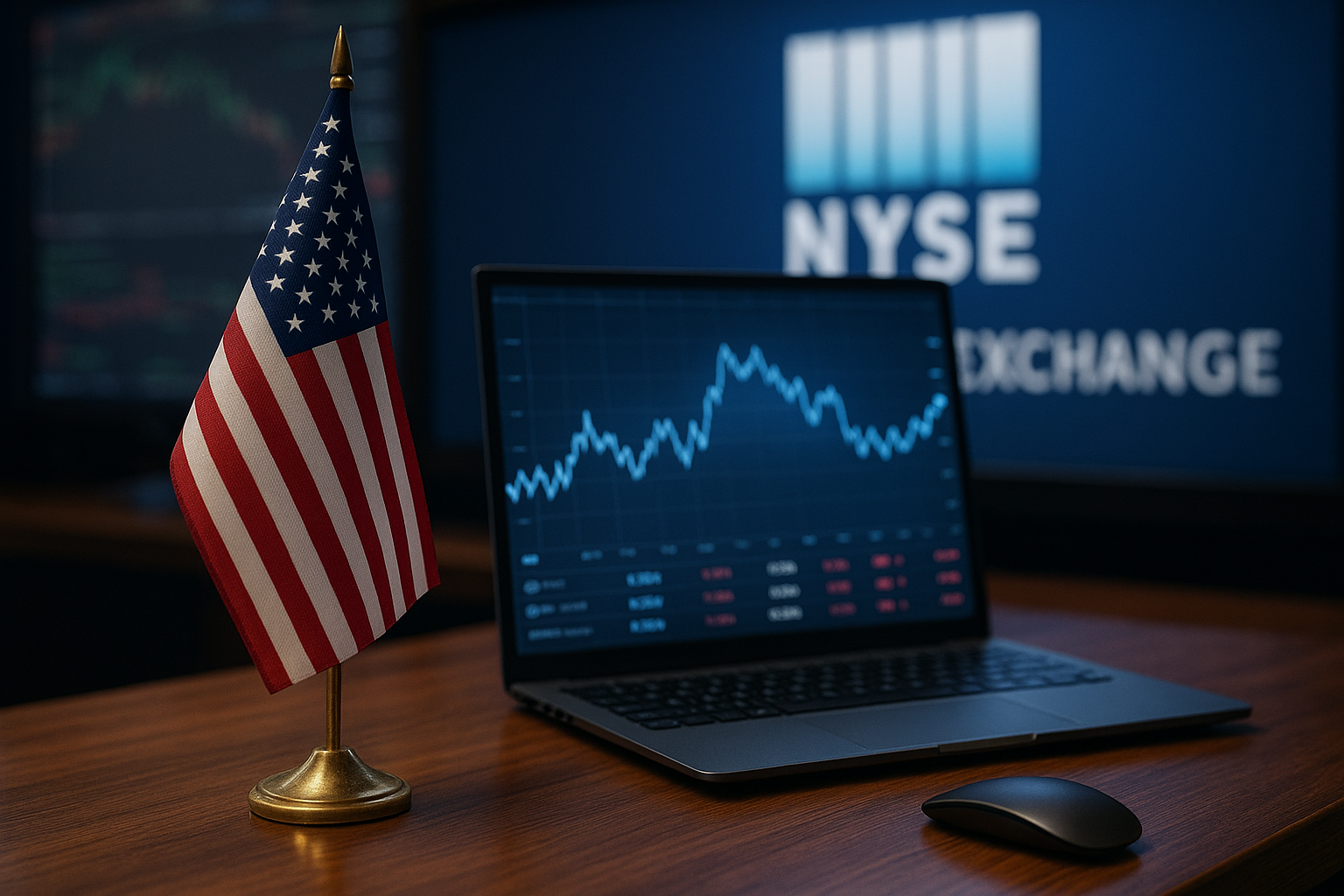As geopolitical tensions heat up and U.S. trade policy grows increasingly unpredictable, Freeport-McMoRan Inc. (NYSE: $FCX), one of the world’s largest copper producers, just delivered a mixed signal to investors. While the company beat Q2 earnings expectations, it simultaneously slashed its full-year sales guidance—citing escalating cost pressures and the threat of new tariffs that could inflate operating expenses by up to 5%.
The markets responded with caution. Shares of $FCX dipped 2.8% in Wednesday’s pre-market trading as investors digested the dual narrative: operational strength, clouded by policy-driven uncertainty.
Tariff Fears Undermine Strong Quarterly Performance
Freeport posted solid second-quarter results: adjusted earnings came in at $0.55 per share, outpacing consensus estimates of $0.49. Revenue rose 8% year-over-year, supported by robust copper demand from global infrastructure and electrification initiatives, especially in the U.S. and Southeast Asia.
However, the optimism was quickly tempered. In its earnings call and filing with the SEC, the company lowered its full-year copper sales forecast by 3%, flagging the “potential impact of rising input costs and escalating U.S. trade tensions” as a key reason. Specifically, Freeport executives highlighted looming tariff increases on key mining equipment and supplies imported from Latin America, particularly Mexico and Chile.
“Should current tariff proposals be enacted, we anticipate a 4–5% increase in procurement and logistics costs over the next two quarters,” said CFO Kathleen Quirk, according to GlobeNewswire. “We are modeling potential pass-through scenarios but recognize the impact could be margin-dilutive in the short term.”
Why This Matters for Investors
Copper has long been a bellwether metal for economic health, and Freeport is a key proxy for global infrastructure momentum and energy transition themes. With copper prices hovering above $9,400 per metric ton, there is still strong pricing power in the market.
However, Freeport’s warning introduces a new variable: U.S. trade policy risk. Under the current administration—and even more so with the possibility of a second Trump term—tariffs are increasingly used as geopolitical tools. These cost shocks, if realized, could compress margins not just at Freeport but across the broader mining sector.
Investors should also note that Freeport’s Chilean operations account for over 35% of its copper output. Any disruption in U.S.-Chile trade flows or sanctions-related delays could directly impact production continuity and forward guidance.
Future Trends to Watch
- Copper Demand Resilience
Despite policy risks, demand fundamentals remain solid. The International Energy Agency forecasts global copper demand to rise 28% by 2030, largely driven by EVs, grid upgrades, and renewables. - Trade Policy Volatility
Ongoing U.S. political debates over tariffs could destabilize long-term capital planning in mining. Watch for updates from the U.S. Trade Representative (USTR) and any August announcements. - Cost Pass-Through Dynamics
If copper prices remain firm, Freeport and peers may successfully pass some added costs to customers. But this will vary across contracts—particularly in Asia, where pricing flexibility is tighter. - Supply Chain Diversification
Freeport may look to reroute or re-source equipment outside tariff zones, though this could bring short-term inefficiencies. Investors should monitor capital expenditures and sourcing revisions.
Key Investment Insight
Freeport-McMoRan remains a high-conviction play for long-term copper bulls, but short-term tariff volatility could cause price swings and margin compression. Investors should prepare for possible earnings downgrades if trade tensions escalate.
Those already holding $FCX may consider hedging positions or rotating into diversified miners with lower U.S. trade exposure (e.g., Rio Tinto $RIO or BHP $BHP). For new entrants, use pullbacks as accumulation opportunities—particularly if copper prices remain supported.
In an era where geopolitics increasingly shapes commodity markets, investors can’t afford to ignore the policy risk embedded in metals and mining portfolios.
Stay informed with MoneyNews.Today—your source for breaking developments, macro insights, and actionable analysis across global markets.





